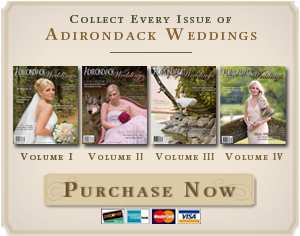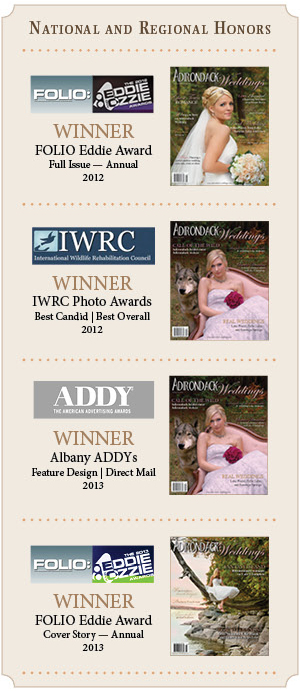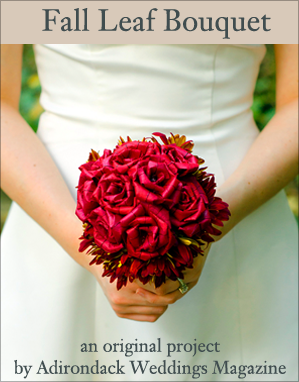The Adirondacks provide some of the lushest landscapes in the world, inspiring millions of tourists, outdoor adventurers, and environmentalists alike. It makes perfect sense that many of the brides and grooms who marry in the ADKs strive to be environmentally conscious at their weddings. Here we offer 7 tips that allow couples to respect the area’s gorgeous surroundings by reducing their event’s carbon footprint, ensuring future generations can say “I do” in the same beautiful landscapes that backdrop today’s Adirondack weddings.
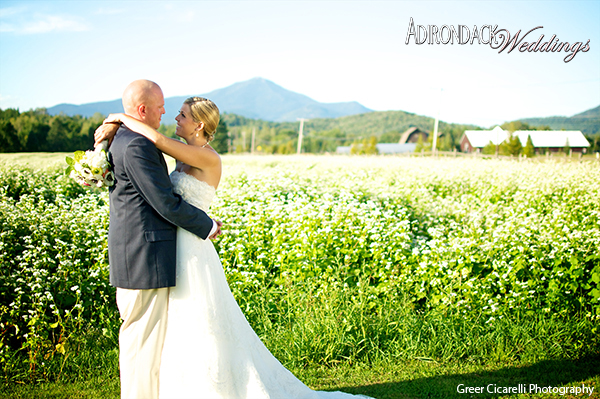
1. Use local ingredients. Sourcing an entire dinner menu from 100% local ingredients is the work of saints and martyrs, but it’s easy to incorporate local ingredients alongside your caterer’s regular options. (Of course, your job is infinitely easier if your food comes from a local farm, or if your caterer works with local farms, which is thankfully true in the case of our caterers in the Adirondack Weddings vendor directory.) Local food makes for a fresher and more ethical menu for your wedding. Think seasonally, especially in respect to produce, and meet with your caterer early on to discuss your “locavore” options.
2. Keep the guest list under control. It can happen so quickly – what was meant to be a small affair grows until it becomes a huge event. Don’t get swept away in plus-ones and last-minute invites. Does your fifth grade English teacher really need to be there? Does your second cousin really need to bring a date? Keeping the reception small will make for a more intimate affair with a smaller carbon footprint.
3. Choose re-wearable bridesmaids’ dresses. Many women have a bridesmaid’s dress or two hanging in their closet that may have looked beautiful with their friend’s wedding décor, but let’s face it: how often will a full-skirted, satin lavender dress with a beaded bust come in handy? Prevent waste by consulting with your bridesmaids and finding a style and material that would be practical to wear again, and chat with your salon’s bridal consultant for suggestions on versatile dress styles. (Of course, we recommend starting your search at our favorite local bridal salons!)
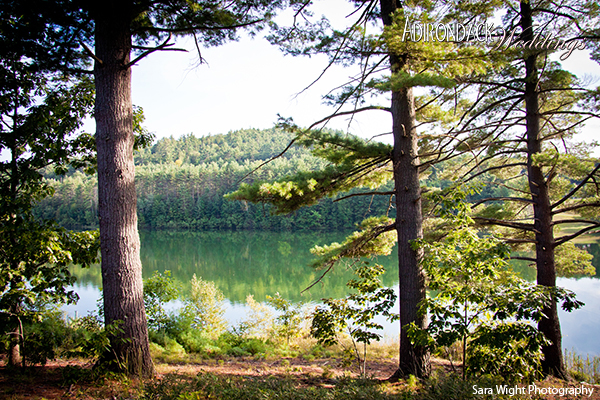
4. Find a versatile venue. By choosing a venue that will accommodate both the ceremony and the reception, you can avoid the mass envoy (and resulting air pollution) that usually follows a ceremony. Your guests will appreciate the ease as well. Our vendor directory showcases many gorgeous venues in the area that allow you to host your event all at one location. A notable stand-out for eco-friendly weddings is The Wild Center, billed as “the Adirondack’s greenest wedding facility.” (A gorgeous wedding at The Wild Center was featured in our debut issue!)
5. Encourage guests to carpool. Create a carpool group on Facebook for your guests. Most guests will probably still opt to take their own cars, but providing a place for all your guests to seek or offer rides will reduce the environmental impact of your event while also providing a helpful resource that many guests will appreciate. This is also great for guests who want to drink; carpooling will offer a safe and sober ride back to their home or hotel.
6. Opt for locally grown flowers. Consult with your local florist and arrange to use flowers only from your state or region. If you can’t go 100%, make your arrangements as local as possible. This may eliminate some options, but with so many choices out there, you may even benefit from a little narrowing down.
7. Dry and reuse the arrangements. With all the thought that goes into your wedding flowers, why let them fall to waste just days after the ceremony? You can preserve their beauty by simply hanging them upside-down with string and leaving them to dry for several days. Drying the flowers separately yields the best result, but you can also try this with fully assembled bouquets. (Check back soon for more information; we plan to feature a blog tutorial on preserving your wedding flowers!)
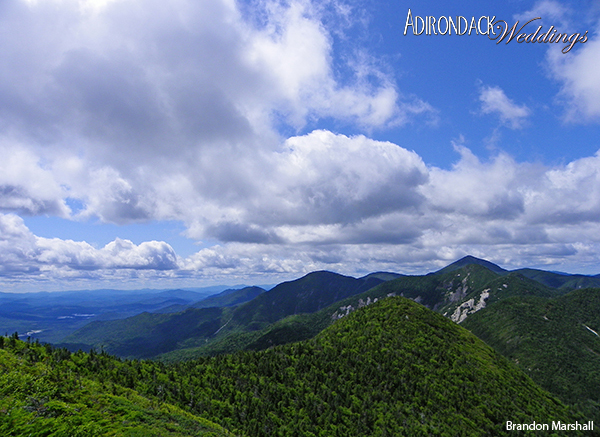
While it takes a little added effort, lessening the environmental impact of your wedding is not as daunting as it may seem. By picking and choosing which options fit with your plans, you can decide how committed you want to be, knowing that even the smallest considerations can make a difference to the environment and the local economy. Turns out it’s pretty easy being green!
Story by Elizabeth R. Davidson










